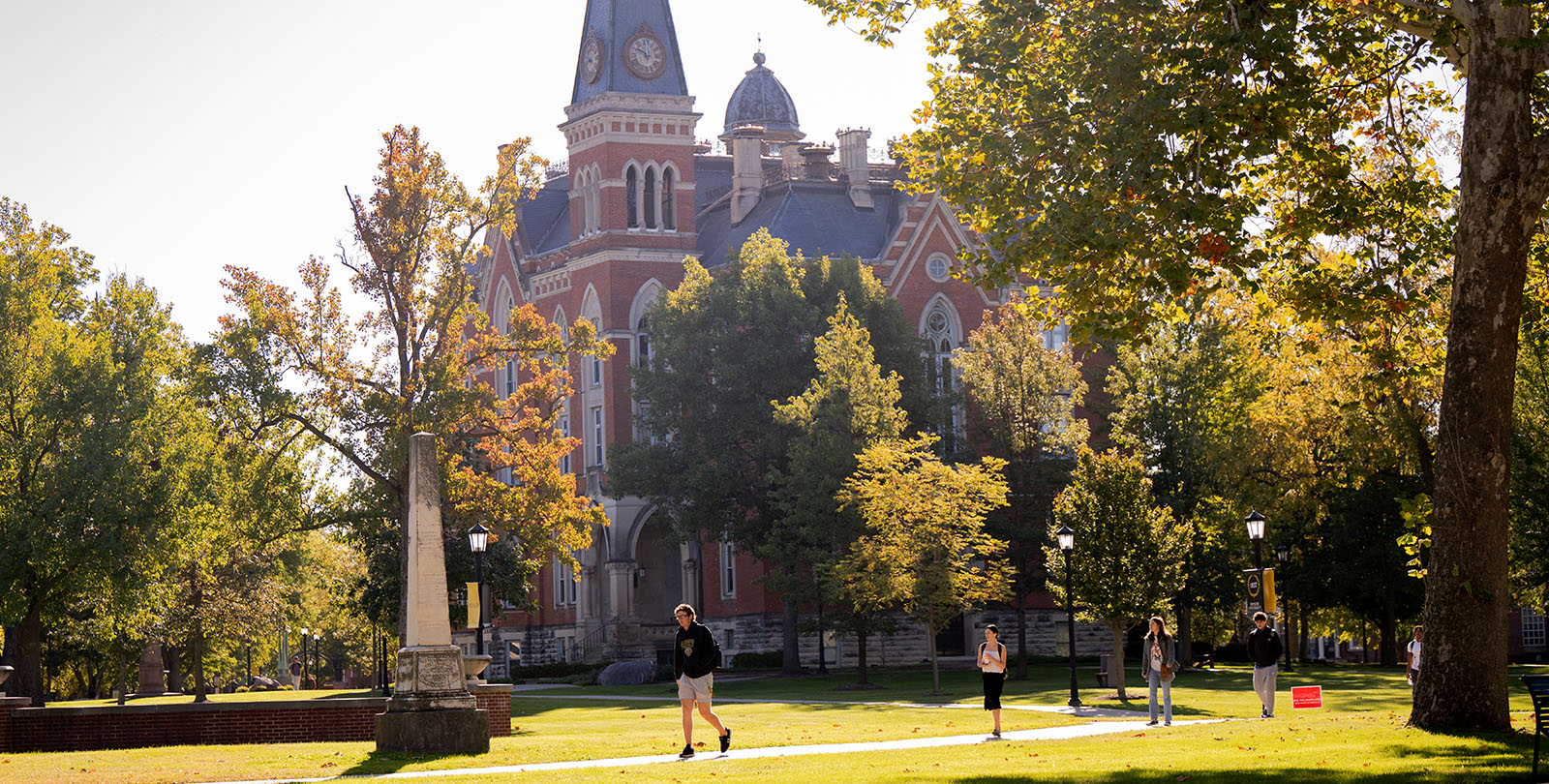Course Description
This course examines the rich visual culture of Kyoto, the imperial capital of Japan from 794 until 1868. During its long history, the city witnessed astounding growth, cultural flowering first under the emperors and then under various warlords, devastation by wars, fires, and famine, and multiple rebirths. Kyoto presided over some of the nation's greatest artistic achievements including the construction of sumptuous palaces, get-away villas, grand temples, and the production of the paintings and decorative flourishes within these structures. In the early modern period, Kyoto silk weavers, lacquer-ware specialists, book illustrators, calligraphers, and especially, painters commanded the respect of consumers throughout Japan, spreading Kyoto's artistic "style" to other urban centers and to the villages at the peripheries of power. The class will proceed chronologically, beginning with the founding of the city in 794 and ending with the city's role in the restoration of imperial power in 1868. Each week we will focus on specific case studies, monuments, art objects, illustrated works of literature, and maps, as well as translated primary sources and pertinent studies by art historians of Japan. Besides gaining a familiarity with Kyoto's pre-modern visual culture, the class aims to impart an awareness of Kyoto's role in the formation of Japanese 'nationhood' and national identity.
Distribution Area
Arts and Humanities
